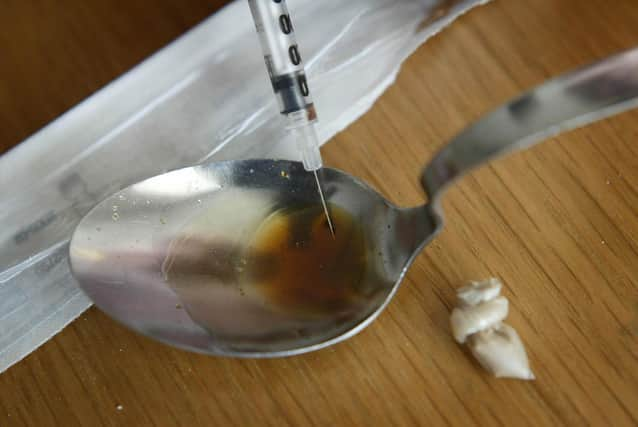Rise in drug treatment deaths in Salford


The number of people who died while undergoing drug treatment in Salford has risen, figures show.
Amid a rise in fatalities nationally, drug reform charity Release warned that drug-related death rates are higher among those not in contact with treatment services.
Advertisement
Hide AdAdvertisement
Hide AdFigures from the Office for Health Improvement and Disparities show 47 people died while in drug treatment in Salford between April 2018 and March 2021.
This was up from 37 who died between April 2017 and March 2020.
Between April 2016 and March 2019, there were 36 deaths in the area.
Across England, 6,940 people died in drug treatment in 2018-21 – up from 6,164, and 5,889 over the previous two three-year periods.
Advertisement
Hide AdAdvertisement
Hide AdRelease, which comprises experts on drug laws, said treatment deaths are concerning but further details around the cause of death are needed.
Dr. Laura Garius, policy lead for the charity, said: "We do not know whether or not these deaths were actually substance-related, how these deaths vary by treatment setting and type of intervention, and we cannot detangle the role that the coronavirus pandemic may have played.
"The absence of further information gives rise to fear and alarmism about the role of treatment in the death of clients, when in reality, we know that drug-related death rates are higher among people not in contact with drug treatment services."
She welcomed an increase in funding for drug treatment by the Government’s new 10-year strategy but added that certain types of treatment – including medical safe-supply for some drugs – were not included.
Advertisement
Hide AdAdvertisement
Hide AdThe figures show 3,726 people across England died while in contact with drug and alcohol services between April 2020 and March 2021 – 27% more than during the year before.
Dr Emily Finch, vice-chair of the addictions faculty at the Royal College of Psychiatrists, said: “Each of these deaths is a tragedy and is a stark reminder of just how destructive and damaging addiction can be.
“It’s vital that anyone struggling with their alcohol or drug use seeks help from local services.
“But years of underfunding and a workforce crisis mean many services are ill-equipped to treat the number of people needing help."
Advertisement
Hide AdAdvertisement
Hide AdThe Department of Health and Social Care said its recently announced drugs strategy will tackle the root causes of substance misuse, including £780 million for treatment and recovery.
It said illegal drugs cost the taxpayer nearly £20 billion every year and that almost half of all burglaries and robberies in England are committed by heroin and crack cocaine addicts.
The latest figures show that of the 314,000 opiate or crack users in England in 2016-17, 2,040 were in Salford.
This is equivalent to 12.4 in every 10,000 people in the area, well above the national average, of 8.9 per 10,000.
Advertisement
Hide AdAdvertisement
Hide AdA DHSC spokesman said: “Drug misuse can have a tragic impact on people’s health, their families and their livelihoods.
“Like other services, drug and alcohol treatment services were affected by the pandemic, but most services have returned to as close to business-as-usual as they can.”